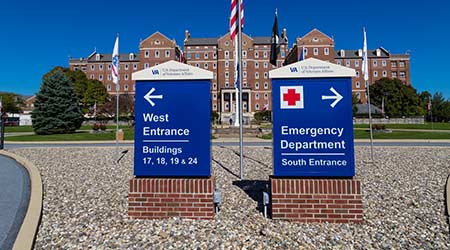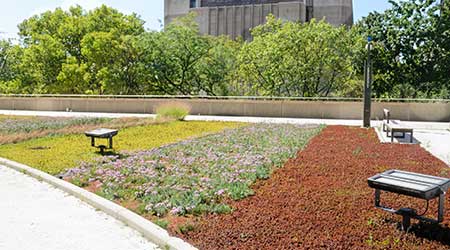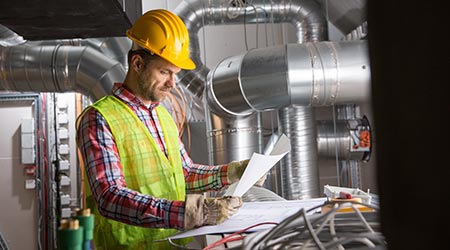
LEED Recertification Available for LEED Projects
December 3, 2018
To understand the reason LEED recertification is important, consider a restaurant review. If you see a yellowing newspaper review posted in a restaurant’s window, you probably don’t have too much confidence the review accurately represents the restaurant’s current levels of service and food quality. The review was a snapshot in time, only indicating that at one point, yes, that restaurant was very good.
Similarly, with LEED, a 10-year-old LEED Silver plaque might have no bearing at all on a facility’s current levels of environmental and efficiency performance. For that reason, the U.S. Green Building Council (USGBC) has announced that LEED recertification is now available for any previously LEED certified project.
This is a big deal for facility managers who might have inherited a LEED certified building and now want to show that operations and maintenance have kept up or even improved upon the promise of leadership-level environmental performance indicated by the initial LEED certification.
To earn recertification for a facility, managers need to collect 12 months of data in five categories: energy, water, waste, transportation, and human experience. They then submit that data with the LEED Online tool and receive a score that determines the level of recertification. USGBC has published a Recertification Guide to help navigate the process.
The goal for recertification is simple: To ensure buildings perform long-term at least as efficiently and environmentally responsible as they were designed to.
“The decision to introduce recertification was designed to provide project teams with a tool to monitor their performance data, prove that their buildings are performing as intended and achieve even higher levels of performance,” says Melissa Baker, senior vice president for technical core at USGBC. “LEED recertification will allow all LEED building owners to continue to demonstrate leadership long after the projects are constructed, certified and occupied.”
Greg Zimmerman is executive editor of Building Operating Management. Read his cover story on how buildings are tackling climate change.
Next
Read next on FacilitiesNet












